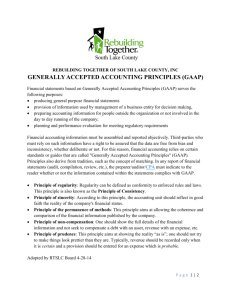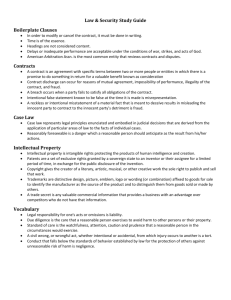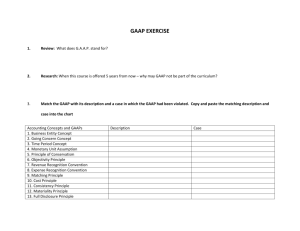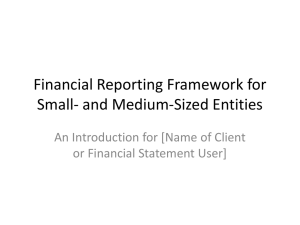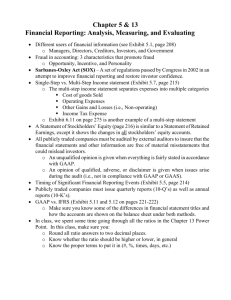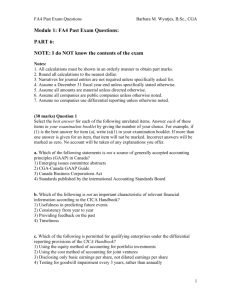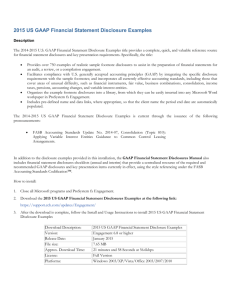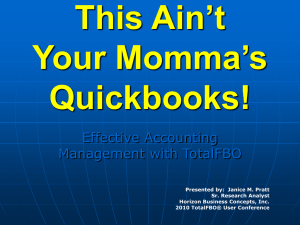Finding fraud in financial statements
advertisement
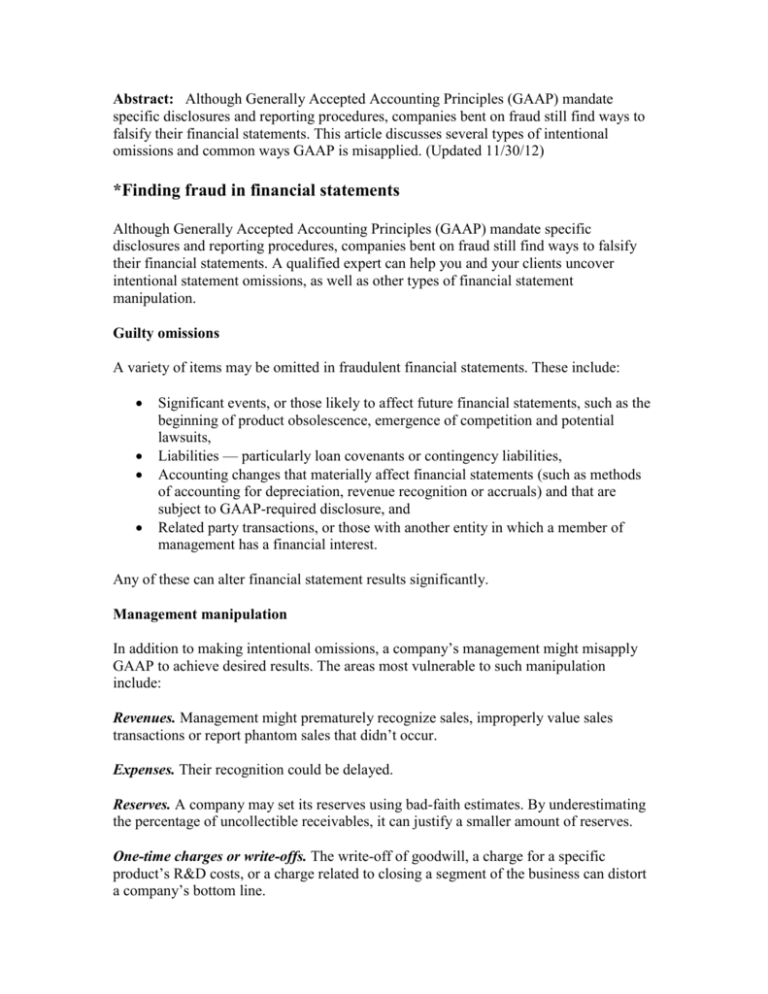
Abstract: Although Generally Accepted Accounting Principles (GAAP) mandate specific disclosures and reporting procedures, companies bent on fraud still find ways to falsify their financial statements. This article discusses several types of intentional omissions and common ways GAAP is misapplied. (Updated 11/30/12) *Finding fraud in financial statements Although Generally Accepted Accounting Principles (GAAP) mandate specific disclosures and reporting procedures, companies bent on fraud still find ways to falsify their financial statements. A qualified expert can help you and your clients uncover intentional statement omissions, as well as other types of financial statement manipulation. Guilty omissions A variety of items may be omitted in fraudulent financial statements. These include: Significant events, or those likely to affect future financial statements, such as the beginning of product obsolescence, emergence of competition and potential lawsuits, Liabilities — particularly loan covenants or contingency liabilities, Accounting changes that materially affect financial statements (such as methods of accounting for depreciation, revenue recognition or accruals) and that are subject to GAAP-required disclosure, and Related party transactions, or those with another entity in which a member of management has a financial interest. Any of these can alter financial statement results significantly. Management manipulation In addition to making intentional omissions, a company’s management might misapply GAAP to achieve desired results. The areas most vulnerable to such manipulation include: Revenues. Management might prematurely recognize sales, improperly value sales transactions or report phantom sales that didn’t occur. Expenses. Their recognition could be delayed. Reserves. A company may set its reserves using bad-faith estimates. By underestimating the percentage of uncollectible receivables, it can justify a smaller amount of reserves. One-time charges or write-offs. The write-off of goodwill, a charge for a specific product’s R&D costs, or a charge related to closing a segment of the business can distort a company’s bottom line. Beyond face value Unfortunately, in virtually any valuation setting, one can’t afford to accept financial statements at face value. A subject company’s executives might resort to statement fraud to save their jobs and reputation or to pad their pocketbooks. As mentioned, a financial expert qualified in spotting the misapplication of GAAP can help ascertain whether a business has appropriately and consistently used the right accounting treatments.
